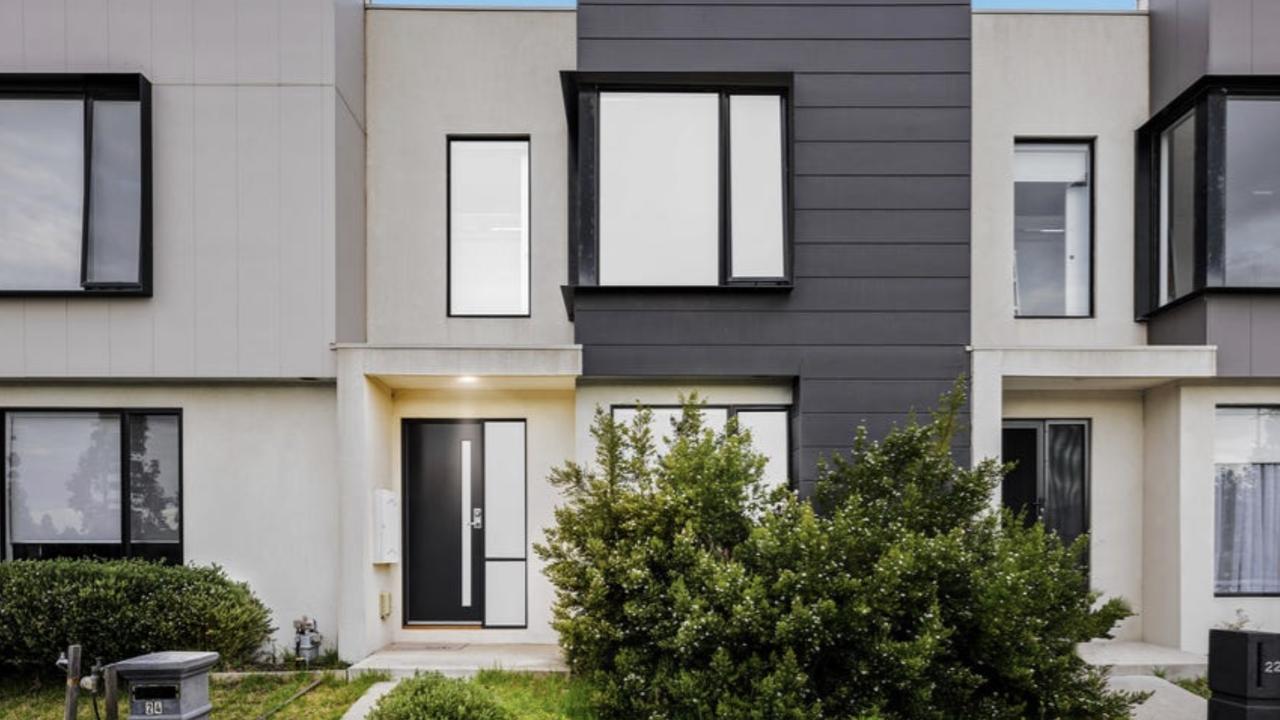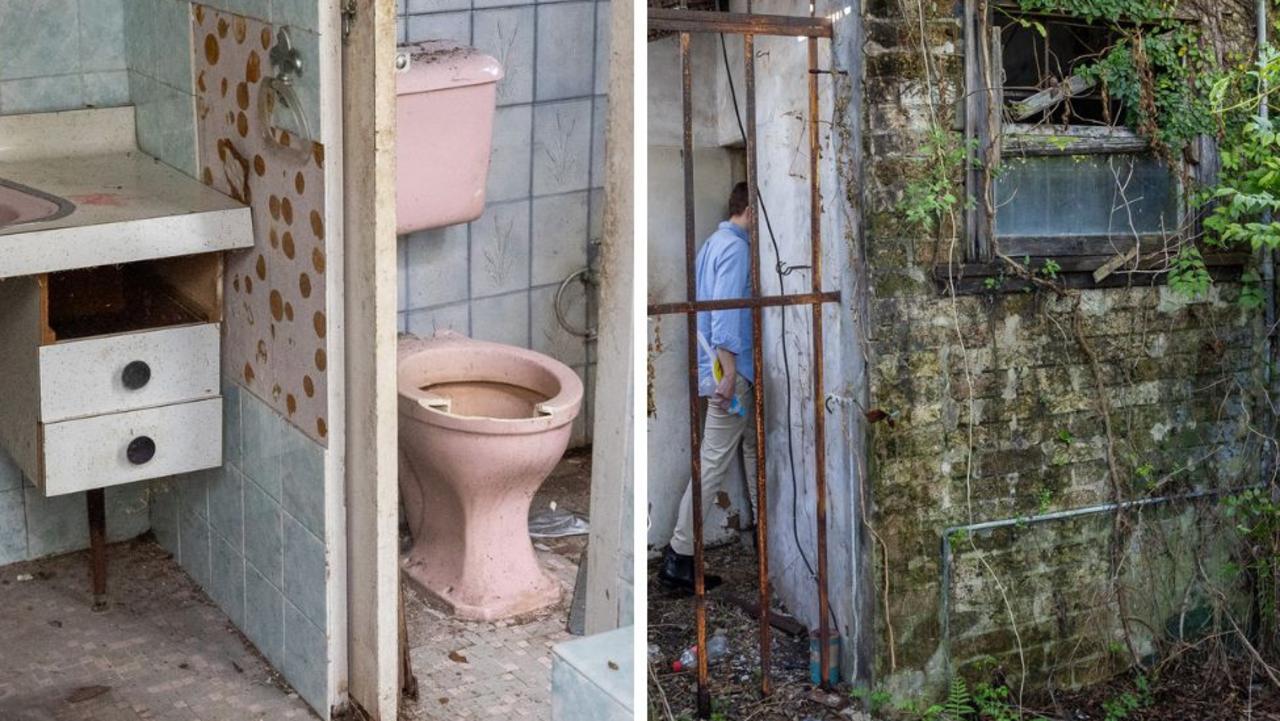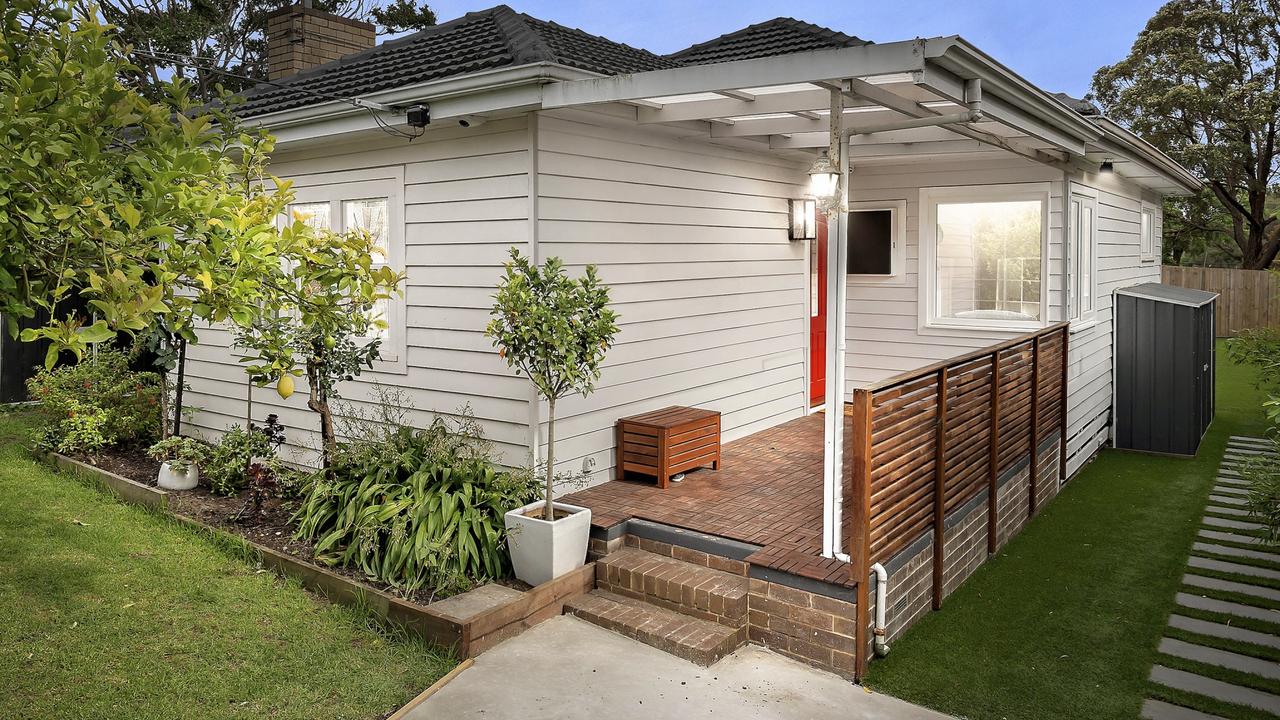Australians are less likely to own property each passing generation
Australians are being left further behind with each passing generation, a new report into home ownership has revealed.

Younger Australians are now less likely to own their own home than they were in the 1960s and their rates of property ownership are dropping with each passing generation.
The Australian Institute of Health and Welfare released its two-yearly report today and it has highlighted the disturbing decline in home ownership.
While the overall rate of home ownership has remained steady since the mid-60s, at between 67 and 70 per cent, there has been big changes among younger Australians.
The rate of home ownership for 30-34 year olds has dropped by 14 percentage points in the last 45 years. In 1971, about 64 per cent owned their own homes but only 50 per cent did in 2016.
Among those aged 25-29, there was a similar drop from 50 per cent in 1971 to 37 per cent in 2016.
Interestingly, rates among people nearing retirement have also fallen by 6.6 per cent. Among those aged 50-54, home ownership rates went from 80 per cent in 1996 to 74 per cent.
It seems each new generation is less likely to own their own home than the one before it. AIHW’s report notes home ownership rates have fallen for each successive birth cohort since 1947-1951.
The big difference between the different generations can be seen in the rates of home ownership among those born between 1947 and 1951, who are now aged between 68-72.
Their rates of home ownership increased from 54 per cent in 1976 when they were aged between 25-29 years old to 82 per cent in 2016.
It was a different story for those born between 1987 and 1991, now aged between 28 and 32 years old. Their home ownership rates were 17 per cent lower than the older generation at the same age, with only 37 per cent owning their own home in 2016 when they were 25-29.
Further cementing these figures is the drop in the proportion of first homebuyers in the last 10 years.
They used to make up 29 per cent of the market in 2009 but have dropped to 18 per cent in 2019.
WHAT’S DRIVING THE CHANGE?
The AIHW believes the changes in home ownership have been influenced by household demographics as well as population increases.
It said the number of single people and single-parent households had increased, and these groups tended to have lower home ownership rates than other household types.
Population increases in Australia were also driving demand for housing, especially in cities like Brisbane, Melbourne and Sydney where the majority of migrants have settled.
Affordability is a big issue, with dwelling prices at 8.5 times the median household income in Sydney and about 7.5 times in Melbourne.
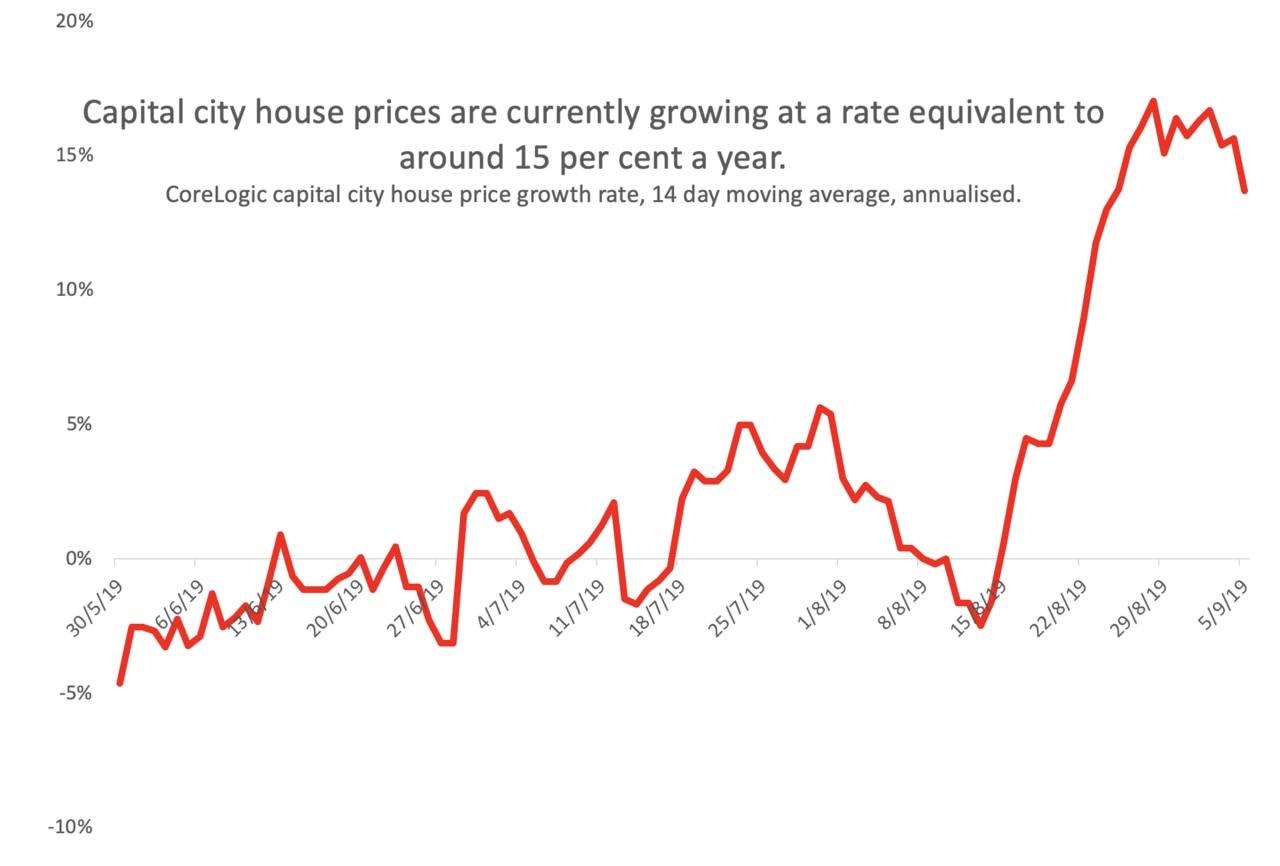
International students have also impacted the private rental market, mainly in major cities, and are putting pressure on demand for housing.
Australians are now also less likely to live in a house, with 73 per cent of households living in a separate house in 2016 compared with 76 per cent in 1996.
Interestingly, the proportion of people living in flats or apartments has remained the same, at 13 per cent.
Instead, more people are living in semi-detached homes and townhouses, with 13 per cent now living in these types of properties compared with 9 per cent in 1996.
RELATED: To buy or not to buy? Prices set to shift
RELATED: Have property prices really hit rock bottom?
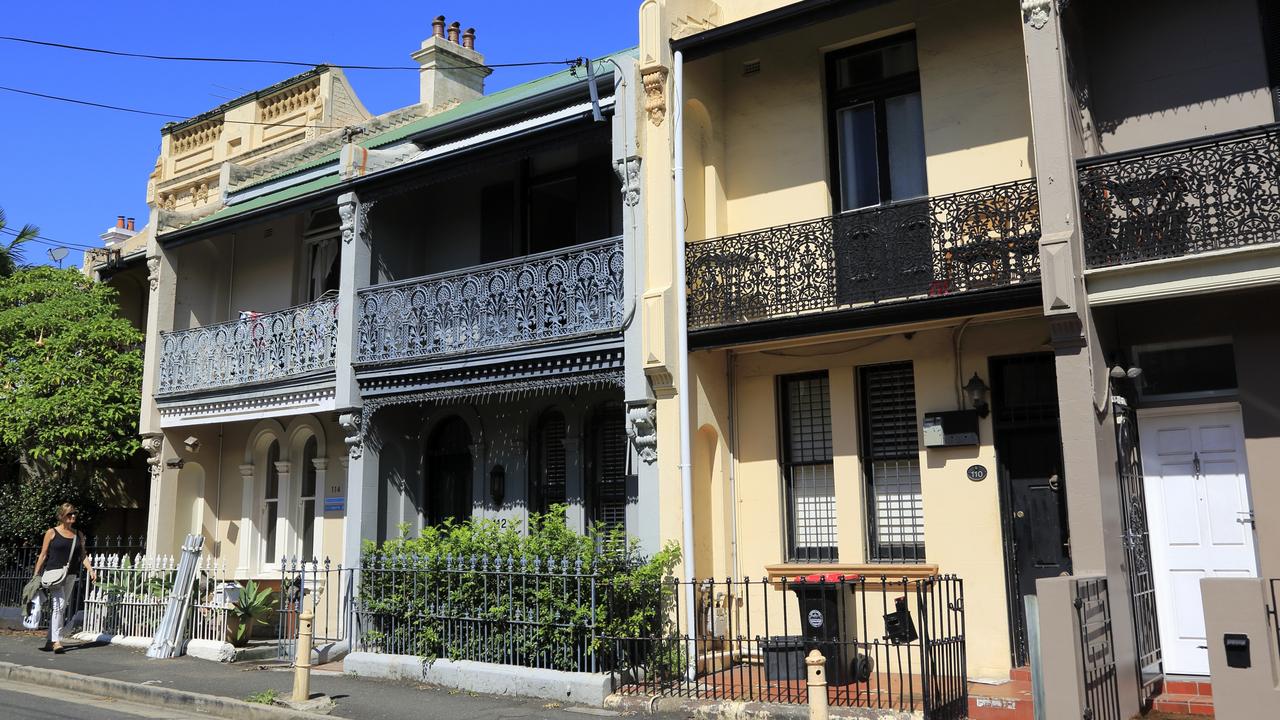
GOVERNMENT PAYMENTS DROP
The AIHW report also found fewer Australians receive government payments than they did in the late 1990s.
There has been a notable fall in the number of people aged 18 to 64 receiving income support — down from 2.6 million in 1999 to 2.3 million in 2018. That’s despite Australia’s population increasing by more than six million people in that time.
Social Services Minister Anne Ruston said welfare dependency for working-age Australians had reached its lowest level in 30 years.
“Housing stress is one area that government is determined to address,” she said.
The report identified high levels of loneliness and anxiety among young people about being able to purchase a home.
Finding affordable housing is a challenge with more people spending a higher proportion of their incomes on housing than in the past.
“More than one million low-income households were in housing stress in 2017/18, where they spent more than 30 per cent of their income on rent or mortgage repayments,” AIHW spokesman Dinesh Indraharan said.
Many are also unable to get enough work.
While total employment and women’s employment are at record levels, 9 per cent of workers want more hours and can’t get them.
Labor’s social services spokeswoman Linda Burney is particularly concerned by the meagre number of apprentices and high rates of insecure work identified in the report.
Most crime rates have fallen in recent years, but Australia ranked in the bottom third of countries for people feeling safe walking alone at night.
“Survey data shows rates of partner and sexual violence have remained relatively stable since 2005, while rates of total violence have fallen,” Mr Indraharan said.
“However, the number and rate of sexual assault victims recorded by police has risen each year since 2011.”
— with AAP


